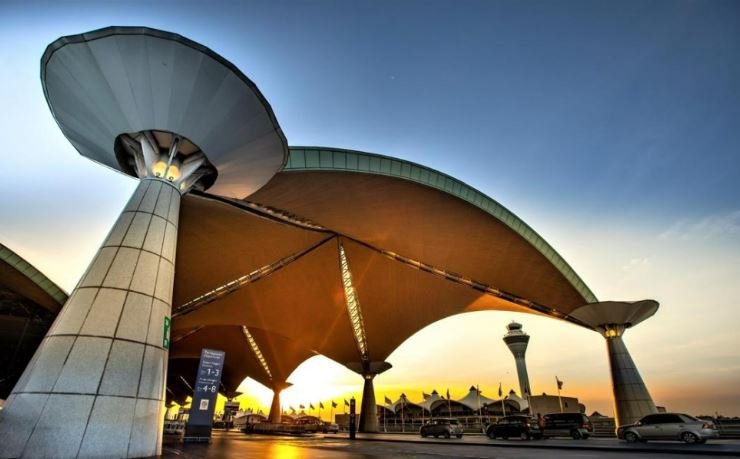Kuala Lumpur International Airport (KLIA) is making waves in Southeast Asia’s aviation scene, recently jumping to the number two spot as the region’s busiest airport by departing seat capacity. According to aviation data from OAG, KLIA moved up from fourth place in March to second place by August 2025, overtaking several key regional competitors. It now trails only behind Singapore’s Changi Airport, marking a major comeback for Malaysia’s primary international gateway.

Back in March, KLIA recorded about 3.02 million departing seats. Fast forward five months, and that number rose to 3.32 million. While Changi still leads with 3.58 million seats, KLIA’s surge reflects more than just increased traffic—it shows the airport’s growing importance in regional and international travel.
One of the biggest reasons for this impressive climb is KLIA’s expanding network. Over the past year, the number of international destinations served grew from 105 to 117. At the same time, more airlines have started operating out of KLIA, increasing from 59 to 66 carriers. Some of the big names include British Airways, which resumed flights to London after a five-year break, and several new entrants from China and South Asia like Juneyao Air, Lucky Air, and Hainan Airlines. The boost in connectivity means more options for travelers and a stronger global presence for KLIA.
Policy changes have also played a big part. The Malaysian government’s decision to offer visa-free entry to travelers from China and India—two of the country’s largest tourism markets—has been a game-changer. With this policy in place until at least the end of 2026, more tourists are choosing Malaysia as a destination, and KLIA is reaping the benefits as the main entry and exit point.
Local airlines have stepped up, too. Malaysia Airlines and AirAsia have expanded their routes and increased flight frequencies, making KLIA a more attractive hub for both regional and long-haul connections. New services like Air India’s direct flight to Delhi and the return of British Airways to London add even more depth to KLIA’s offerings, especially for business and international travelers.
But it’s not just about more flights and destinations. KLIA has also invested in making the airport experience better for passengers. Earlier this year, Terminal 1 underwent a RM30 million facelift. These upgrades included more seating, better trolley systems, clearer signage, family-friendly parking, cultural touches throughout the terminal, and even a fun orangutan-themed play area for kids. These changes are aimed at making the airport more welcoming, comfortable, and efficient for everyone passing through.
On the tech side, KLIA is testing out new features like mobile check-in and open belt bag-drop systems. These updates are designed to make the check-in process faster and less stressful, especially during peak travel times. It’s all part of a broader push to modernize operations and stay competitive with other top-tier airports around the world.
KLIA’s rise comes at a time when global travel is bouncing back after years of pandemic-related disruption. As demand surges, airports that can scale up quickly and offer smooth, connected travel experiences are standing out. KLIA is clearly one of them, and its latest ranking is proof that the efforts are paying off.
This isn’t just a numbers game—it’s a reflection of smart strategy, solid partnerships, and a forward-thinking approach. KLIA’s growth benefits not just the airport itself but also Malaysia’s tourism industry, economy, and international reputation. If this momentum continues, KLIA is well-positioned to hold its ground—and maybe even close the gap with Changi in the future. For now, it’s a big win worth celebrating.